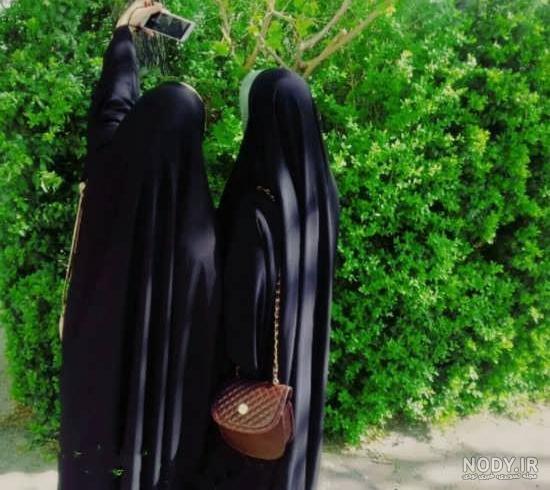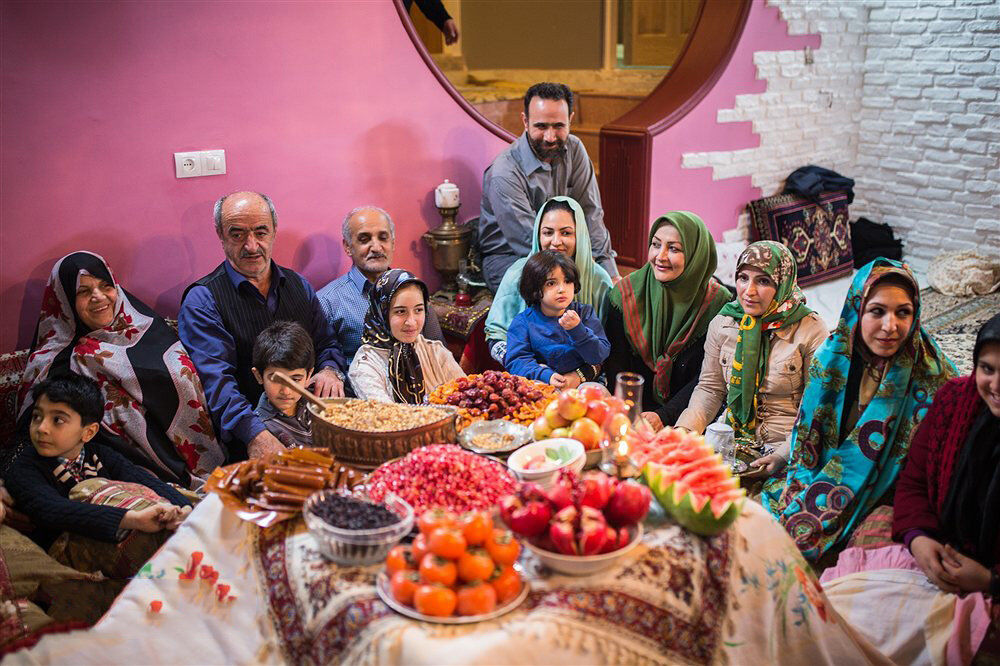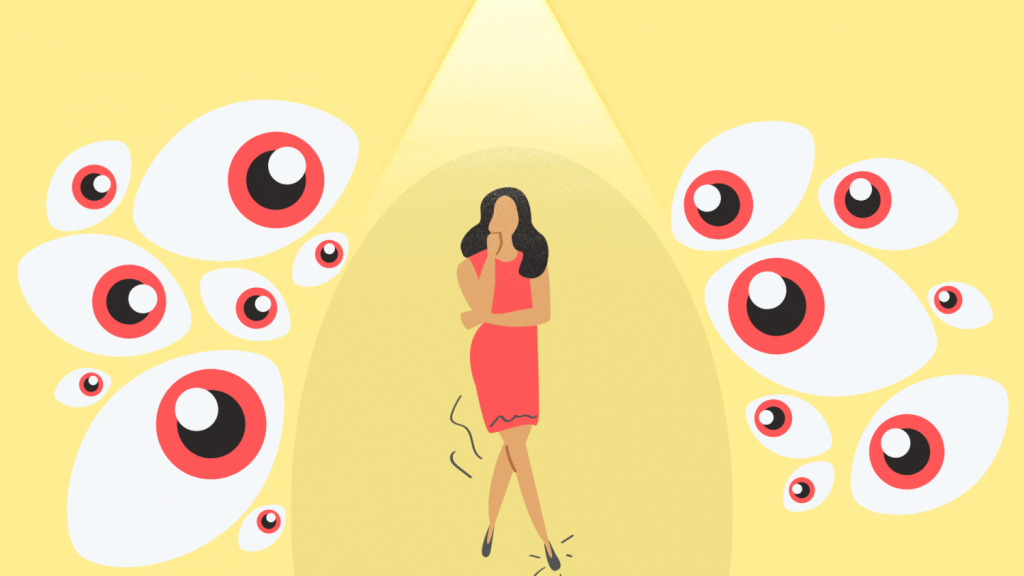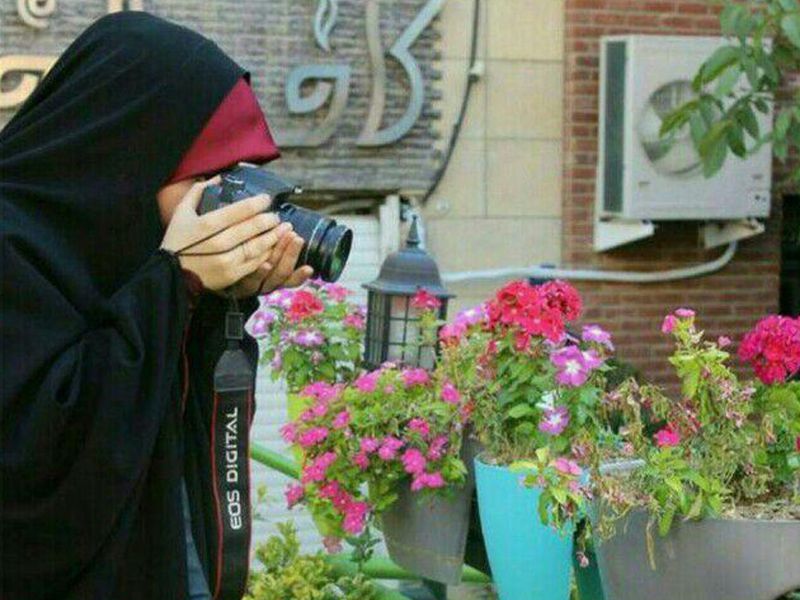In recent years, international media—especially Persian-language opposition outlets abroad—have portrayed Iranian women as oppressed, insecure, and isolated. But daily life in Iran tells a different story. Across cultural, family, and social contexts, Iranian women enjoy layers of security often missing in the West.
✍|by: Ms. Zahra Zarabian
Street Safety in Iran: The Hidden Calm
In many Iranian cities, women move freely without major fear of physical or sexual assault. Public transport is considered relatively safe even at night, and harassment is legally punishable. Campaigns like “No to Street Harassment” have helped create greater awareness.
By contrast, surveys in Europe show that many women—especially in cities like Paris, London, and New York—regularly experience harassment, often carrying pepper spray or other protection as a result.

Sexual Violence in the West: A Silent Crisis
Western women are often reduced to appearances through media, fashion, advertising, and social platforms.
According to the National Sexual Violence Resource Center, one in five U.S. women has experienced sexual assault, with over 400,000 cases officially reported in 2021 alone. In Iran, cultural and religious codes act as barriers against such exploitation, offering many women a sense of safety and respect.
Family Support: Iran’s Lasting Strength
In Iran, families remain a vital safety net. Women often receive emotional, financial, and social support during crises like unemployment or divorce.
In the West, however, family ties are weaker. Over 40% of marriages in the U.S. end in divorce, and in Scandinavia, more than half of children are born outside marriage. Living alone often leaves women vulnerable to emotional and financial insecurity.

Iranian Women in Times of Crisis
From earthquakes to the COVID-19 pandemic, Iranian women have played a key role in maintaining family stability, educating children, and volunteering in communities. During unrest in 2022, many chose calm and constructive participation over destructive actions, helping to maintain social stability.
Mental and Spiritual Security
For many Iranian women, faith provides both inner peace and social respect. Wearing the hijab is seen not only as a religious practice but also as protection from objectification.
Meanwhile, Western women face social pressure to match beauty ideals, leading to high rates of depression, eating disorders, and self-harm. In the U.S., suicide is the second leading cause of death among girls aged 15–24.

How Media Shapes the Image of Iranian Women
Channels like BBC Persian, Iran International, and Manoto often highlight only protesting or unveiled women, ignoring millions of women who are educated, entrepreneurial, or homemakers. Women’s struggles are amplified for political agendas, while their successes remain invisible.
Conclusion: Security, Not Just Freedom
Western women may appear outwardly free, but many face deep insecurity through exploitation, violence, and isolation. Iranian women, despite challenges, benefit from cultural, familial, and spiritual frameworks that provide real layers of safety.
Rather than reducing women to objects of consumption, Iran offers paths for education, career, motherhood, and dignity—helping women build a balanced life.
Today’s Iranian woman is not a victim of modernity nor a prisoner of tradition—she is shaping a new model: Muslim, strong, secure, and intelligent.
From: iusnews


